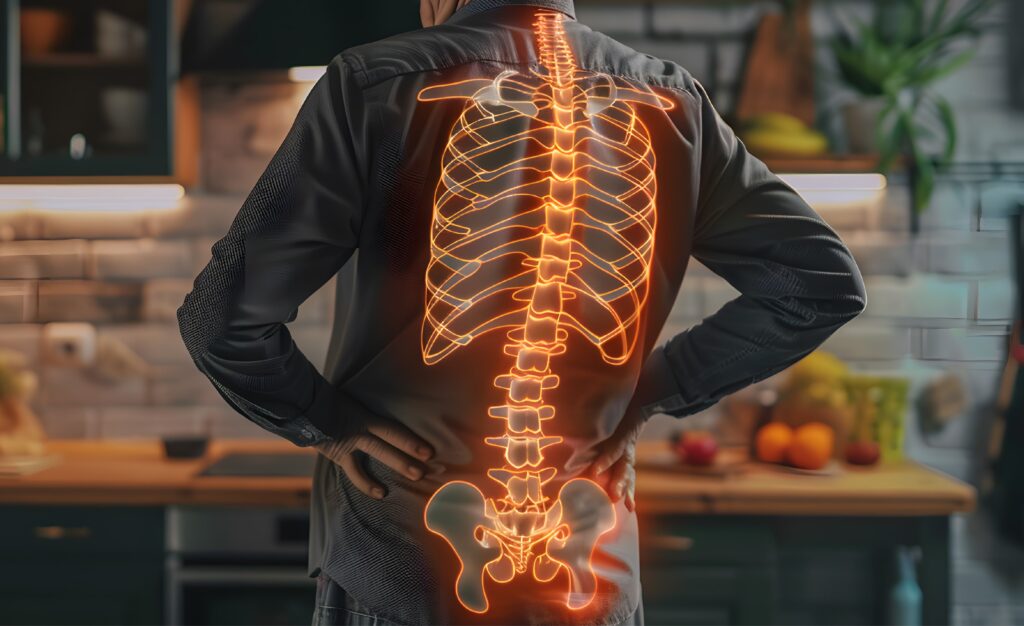
What is Pain?
Why is pain management important?
What are the different types of Pain?
Acute Pain
Chronic Pain
Chronic pain is defined as pain that persists for months or even years beyond the standard healing period of a disease or acute injury process. It is a result of irradiation, such as from arthritis, fibromyalgia, or nerve damage. In most cases, it usually requires long-term management strategies. Chronic pain may be considered to have a very strong impact on daily activities and mental health in light of conditions such as depression and anxiety.
Neuropathic Pain
Neuropathic pain is caused by severe damage in the nervous system. It often presents as burning, tingling, or shooting pain and can be a result of conditions such as diabetes or multiple sclerosis. Neuropathic can be particularly challenging to treat.
Nociceptive Pain
This pain originates due to tissue injury and is the most common type of pain. It is typically described as sharp, aching, or throbbing and occurs when pain receptors are activated by stimuli such as heat, cold, or physical trauma.
What are the different Pain Management Strategies frequently used?
Amongst the disparate varieties of pain, also lies their solutions for all of them. Here we have listed below some of the known pain management strategies frequently used.
Pharmacological Treatments
Over-the-Counter Medications
Prescription Medications
For more serious types of pain, there are stronger drugs, prescribed by health experts to their patients:
- Opioids: These work best for really terrible pains. These are the drugs like morphine and oxycodone. However, this total amount ought to be given carefully since they can create addiction or other side effects.
- Antidepressants: Some antidepressants are also applied in situations of chronic pain because they alter how the brain interprets the pain signal.
- Anticonvulsants: Drugs like gabapentin and pregabalin have a special use in neuropathic pain and aid in the stabilization of nerve activity.
Non-Pharmacological Treatments
The exercises and techniques are a part of physical therapy, working towards pain relief by improving mobility, strength, and functionality. This may include stretching, strength training, and other manual therapies like massage and manipulation. In many cases, this can be a huge component of your pain management. It will also help with the underlying causes as well as prevent future pain. Physical therapy has exercises and techniques designed to improve mobility, strength, and function while reducing pain.
Complementary Therapies
Complementary therapies involve alternative practices used together with conventional medical treatment. This involves:
- Acupuncture: Thin needles are inserted into a patient’s body at specific points where the treatment has a direct action on nerves, muscles, and connective tissues. This in turn might alter the perception of pain.
- Massage Therapy: Relaxes muscles, improves circulation, and relieves pain.
- Chiropractic Care: It aims to diagnose and treat various musculoskeletal disorders but mainly through spine manipulation and adjustment.
Psychological Approaches
Psychological therapies deal with the emotional and cognitive elements of pain:
- Cognitive-Behavioral Treatment: Help the patient generate coping responses and modify injurious thoughts, which may exacerbate their pain further.
- Mindfulness and Meditation: Techniques that induce relaxation, decrease stress, and probably decrease the perception of pain and discomfort.
Lifestyle Changes
Certain changes can be made in lifestyle to make a good difference in the amount of pain felt and also in overall health:
- Exercise: Performing regular exercise will also help the development of muscle mass, increasing flexibility, and reducing the levels of pain.
- Diet and Nutrition: A well-balanced diet with plenty of anti-inflammatory-rich foods may be helpful in pain management, particularly for a wide array of disorders related to inflammation, such as arthritis.
- Sleep Hygiene: One needs to have adequate and good quality sleep. Poor sleep enhances pain sensitivity—that is, low pain tolerance.
Advanced Pain Management Techniques:
Interventional Procedures
Interventional procedures are minimally invasive techniques for pain management, more so in cases where other modalities of treatment have failed. This comprises injections like nerve blocks and epidural steroid injections, which may give great pain alleviation by reducing swelling and blocking the pain signal.
Implantable Devices
Spinal cord stimulators and intrathecal pumps are implantable devices that directly deliver medication to the spinal cord, allowing focally directed pain relief.
Surgical Options
This would be needed when other treatments prove inadequate for pain relief or when some structural abnormality is present that may be corrected. Pain-relieving surgeries include those commonly performed for joint replacement, decompression for nerve impingements, and corrective surgical procedures for spine-related pain.
Up-and-coming and Alternative Treatments:
Innovative Therapies
- Stem Cell Therapy: Stem cells repair damaged tissues and reduce inflammation. It has been found quite effective in giving relief from conditions like arthritis and spinal cord injuries.
- Platelet Rich Plasma Therapy: It is a process of injecting concentrated platelets back from the patient’s blood into the affected area to participate in the healing process and to reduce pain.
Alternative Medicine Approaches
- Herbal Remedies: Certain herbs, such as turmeric and ginger, display anti-inflammatory properties, providing relief from pain.
- Homeopathy: This holistic medicine makes use of infinitesimally small dosages of natural substances for provocation of the self-healing mechanism within the body.
